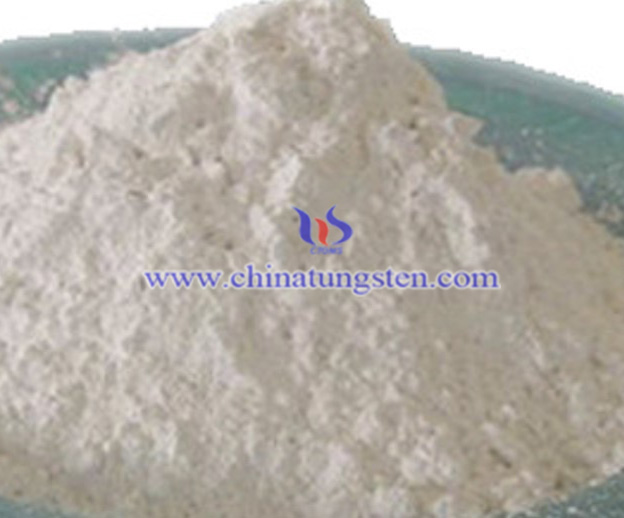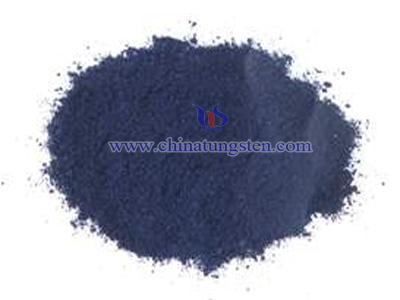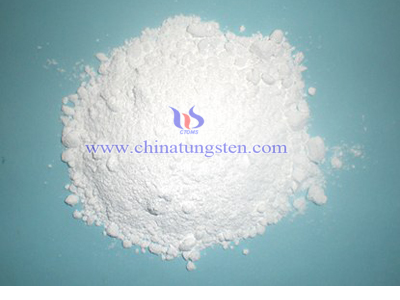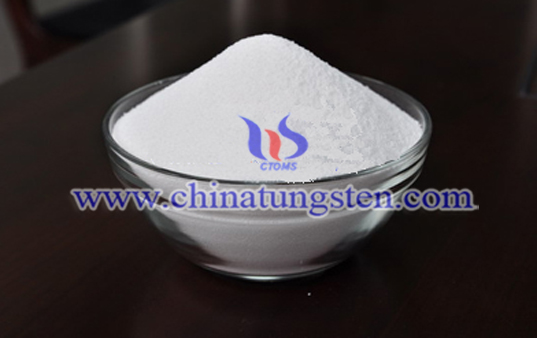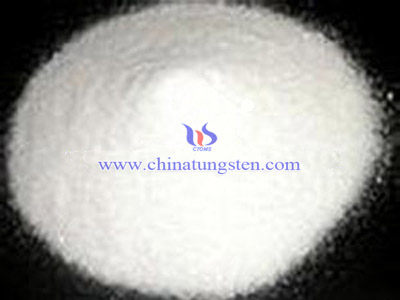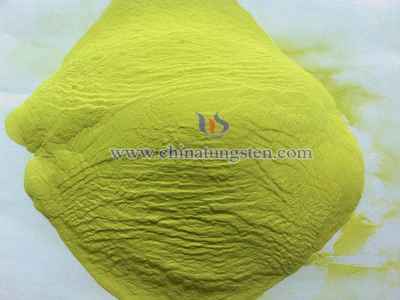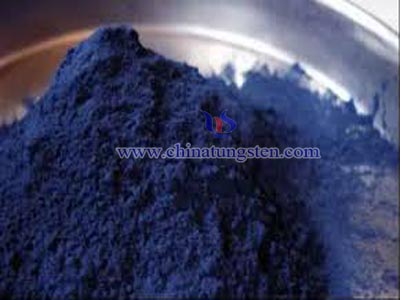Ammonium Metatungstate in Photocatalysts
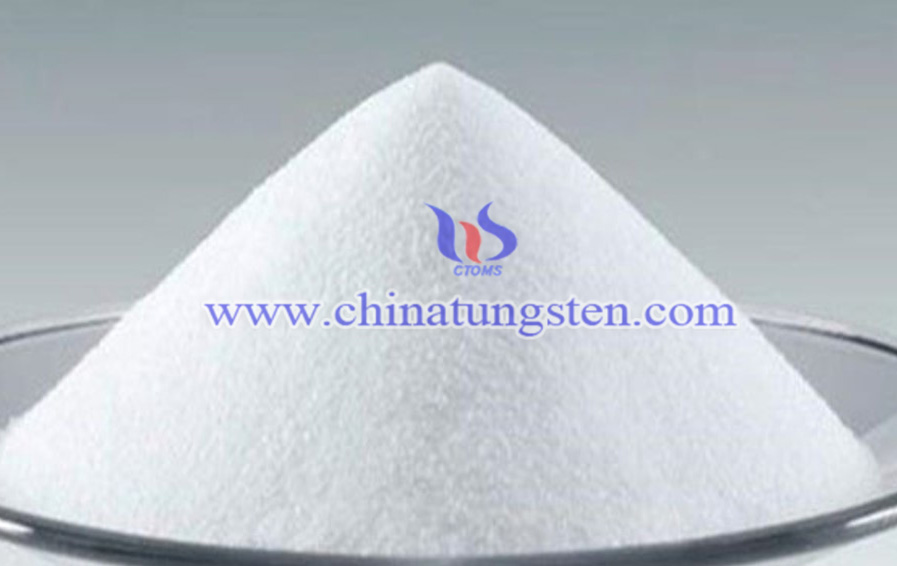
Ammonium metatungstate (AMT) plays a significant role in the field of photocatalysts, as it serves as an ideal precursor for tungsten-based photocatalytic materials, exhibiting excellent photocatalytic performance. Specific applications include:
1. Wastewater Treatment: AMT can be used to prepare tungsten oxide (WO₃) or tungstate (e.g., bismuth tungstate, Bi₂WO₆) nanomaterials through hydrothermal or sol-gel methods, which are applied in the photocatalytic degradation of organic pollutants (such as dyes and pesticides) in water. The bandgap of WO₃ (2.6-3.0 eV) and Bi₂WO₆ (approximately 2.8 eV) enables high photocatalytic activity under visible light, effectively breaking down pollutants, making it suitable for industrial wastewater treatment and drinking water purification.
2. Air Purification: WO₃ nanomaterials prepared from AMT can be used in photocatalytic air purification coatings, decomposing volatile organic compounds (VOCs, such as formaldehyde and benzene) and bacteria in the air under UV or visible light irradiation, improving indoor air quality. This is suitable for air purification equipment in public places such as hospitals and schools.
3. Self-Cleaning Coatings: Tungsten-based photocatalytic materials prepared from AMT can be applied to the surfaces of glass, ceramics, or building materials to form self-cleaning coatings. Under light exposure, the coating decomposes organic stains on the surface through photocatalysis while exhibiting hydrophilicity, allowing rainwater to easily rinse off dirt and maintain surface cleanliness. This is suitable for applications such as high-rise building facades and solar panels.

